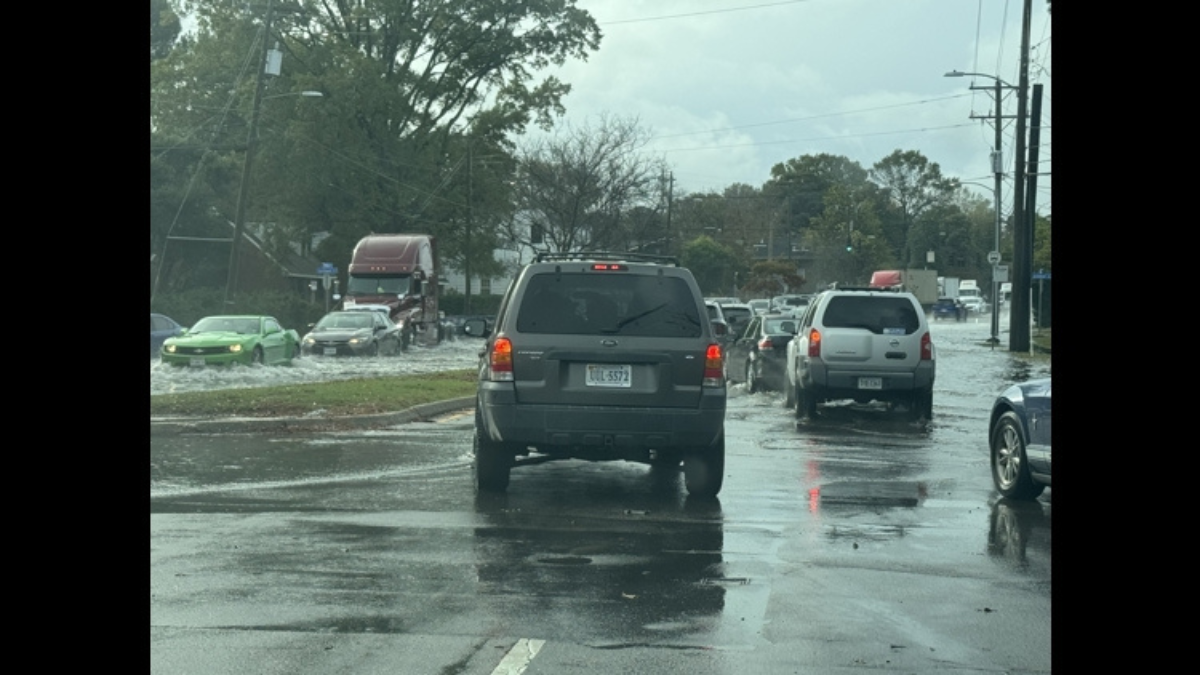A coastal flood advisory is a critical weather warning issued by meteorological authorities to alert residents and businesses in coastal areas about the potential for minor to moderate flooding. This advisory is usually triggered by factors such as high tides, storm surges, or excessive rainfall, which can lead to dangerous conditions along the coast.
Coastal flooding can cause property damage, disrupt transportation, and pose risks to human life. Understanding the meaning of a coastal flood advisory, its causes, impacts, and necessary safety measures is essential for residents in affected regions. This article provides an in-depth exploration of coastal flood advisories, including their importance, how they differ from warnings, and the steps to take when one is issued.
What is a Coastal Flood Advisory?
A coastal flood advisory is an official notification from weather agencies, such as the National Weather Service (NWS), indicating that coastal flooding is either occurring or is expected soon. Unlike a flood warning, which signals severe or life-threatening flooding, a coastal flood advisory generally means that flooding will be minor to moderate but could still cause inconvenience and localized damage.
Key Features of a Coastal Flood Advisory
- Issued when tides, storm surges, or heavy rainfall are expected to cause flooding in low-lying coastal areas.
- Indicates that flooding will likely affect roadways, properties, and infrastructure near the shore.
- Alerts residents to take precautions but does not necessarily require evacuation.
- Typically lasts for several hours and is updated based on real-time conditions.
Causes of Coastal Flooding
High Tides and King Tides
High tides, particularly king tides, exacerbate coastal flooding due to the gravitational pull of the moon and sun. These tides can inundate low-lying areas even in the absence of storms.
Storm Surges
A storm surge occurs when strong winds from hurricanes or other coastal storms push seawater onto land. This surge can significantly raise water levels and lead to severe flooding, especially in areas with low elevation.
Heavy Rainfall
Torrential rains, often associated with tropical storms or monsoons, can overwhelm drainage systems and cause water to accumulate in coastal areas. When combined with high tides, the risk of flooding increases.
Rising Sea Levels
Climate change and rising sea levels are making coastal areas more vulnerable to flooding. As sea levels rise, even minor weather events can trigger flooding, leading to more frequent coastal flood advisories.
Strong Winds and Wave Action
Persistent onshore winds can push water inland, increasing flood risks. Similarly, large waves generated by storms or ocean swells can contribute to coastal inundation.
Differences Between a Coastal Flood Advisory, Watch, and Warning
| Advisory Type | Meaning | Action Needed |
| Coastal Flood Advisory | Minor to moderate flooding expected; some roads or properties may be affected. | Stay informed and take precautions if necessary. |
| Coastal Flood Watch | Conditions are favorable for flooding but have not yet occurred. | Be prepared for potential flooding. |
| Coastal Flood Warning | Severe and potentially life-threatening flooding is occurring or imminent. | Take immediate action, evacuate if necessary. |
A coastal flood advisory is the lowest level of alert, while a warning indicates the most serious threat.
Impacts of Coastal Flooding
Damage to Property and Infrastructure
Floodwaters can seep into homes, businesses, and public buildings, leading to costly repairs. Roads, bridges, and drainage systems may also sustain damage.
Transportation Disruptions
Flooded roads can make travel dangerous or impossible. Water-covered streets may delay or cancel public transportation routes.
Environmental Consequences
Saltwater intrusion from coastal flooding can harm freshwater sources, damage agricultural lands, and disrupt local ecosystems.
Economic Losses
Businesses in coastal areas may suffer from lost revenue due to temporary closures and property damage. Tourism-dependent economies can also take a hit.
Health and Safety Risks
Standing floodwaters can harbor bacteria, leading to health hazards. Additionally, flooding increases the risk of drowning, electrocution, and injuries from floating debris.
How to Prepare for a Coastal Flood Advisory
Stay Informed
- Monitor local weather forecasts and listen for updates from authorities.
- Sign up for emergency alerts via text, email, or mobile apps.
- Follow reliable sources like the National Weather Service (NWS) for real-time information.
Protect Your Property
- Elevate important items and electrical appliances to prevent water damage.
- Install flood barriers or sandbags around doorways and low-lying areas.
- Seal cracks and gaps in walls, windows, and foundations.
Prepare an Emergency Kit
An emergency kit should include:
Flashlights and batteries
Non-perishable food and drinking water
First-aid supplies
Important documents (insurance, IDs, property deeds)
Waterproof clothing and boots
Plan an Evacuation Route
- Know the nearest safe zones and evacuation centers.
- Plan alternative travel routes in case roads become impassable.
- Have a backup plan for pets and livestock.
Avoid Flooded Areas
- Never walk, swim, or drive through floodwaters.
- Avoid parking vehicles in low-lying areas prone to flooding.
- Stay indoors and move to higher ground if necessary.
What to Do During a Coastal Flood Advisory
- Follow local advisories and stay updated on changing weather conditions.
- Secure outdoor belongings that could be carried away by floodwaters.
- Limit travel and avoid flood-prone areas.
- Check on neighbors, especially elderly or disabled individuals who may need assistance.
- Be cautious of power outages and avoid downed power lines.
Post-Flood Safety Tips
- Inspect your home for damage before re-entering.
- Avoid contact with floodwaters, which may contain sewage and harmful chemicals.
- Document flood damage for insurance claims.
- Disinfect contaminated surfaces to prevent mold and bacteria growth.
- Report hazards such as gas leaks or broken power lines to local authorities.
FAQs
Q: How long does a coastal flood advisory last?
A: A coastal flood advisory typically lasts for a few hours, but it can be extended based on weather conditions.
Q: Should I evacuate during a coastal flood advisory?
A: Evacuation is usually not required unless the flooding becomes severe. However, staying prepared and monitoring updates is crucial.
Q: How can I protect my home from coastal flooding?
A: You can install flood barriers, elevate appliances, seal cracks, and reinforce drainage systems to reduce the risk of water damage.
Q: Can coastal flooding happen without a storm?
A: Yes, coastal flooding can occur due to high tides, king tides, or rising sea levels, even in calm weather.
Q: What is the difference between a coastal flood advisory and a flash flood warning?
A: A coastal flood advisory is specific to coastal areas and usually involves gradual flooding, while a flash flood warning is for sudden, intense flooding that can occur anywhere.
Conclusion
A coastal flood advisory serves as an important warning for residents in coastal regions to prepare for potential flooding. While these advisories typically indicate minor to moderate flooding, the impacts can still be significant, affecting property, transportation, and public safety. By staying informed, taking preventive measures, and knowing what actions to take during and after a coastal flood advisory, individuals and communities can mitigate risks and enhance resilience against coastal flooding.
As climate change continues to contribute to rising sea levels and more frequent extreme weather events, understanding and responding to coastal flood advisories will become increasingly important. Stay safe, stay prepared, and always heed the guidance of local authorities during flood-related emergencies.



